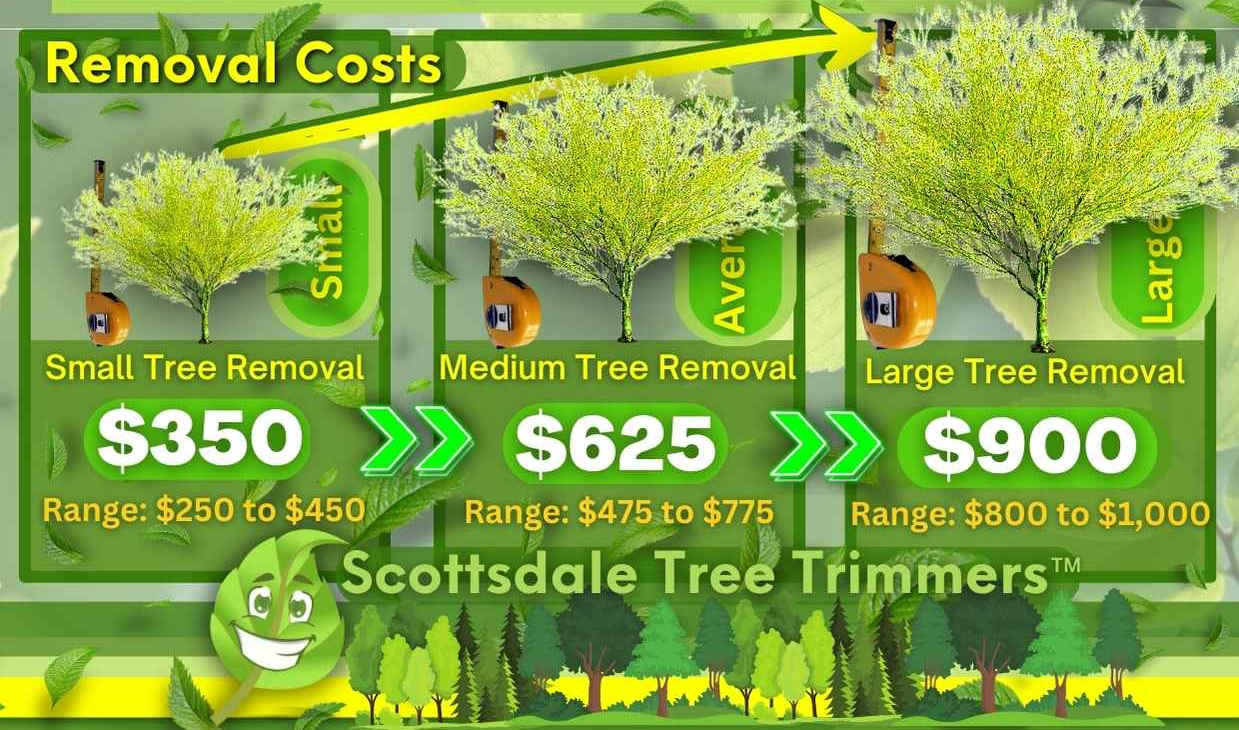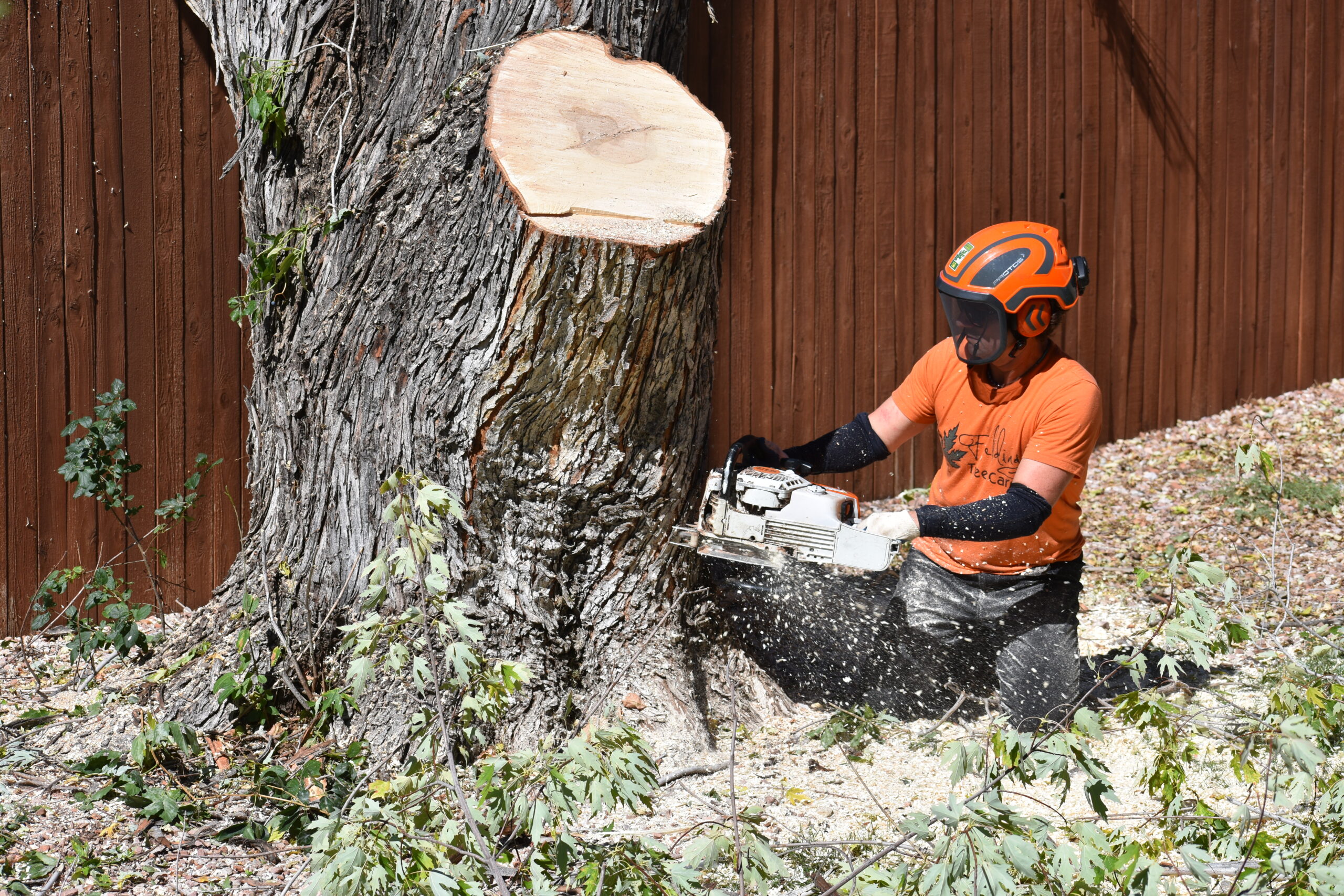Featured
Table of Contents
- – Fair Stump Removal Costs In Blaine, WA
- – Factors That Impact Stump Removal Costs In Bla...
- – Blaine, WA Stump Grinding Ratings And Prices
- – Next-Day Tree Removal Service Costs In Blaine...
- – First-Time Tree Removal Deals In Blaine, WA
- – Blaine, WA Stump Grinding Modernization Costs
- – Understanding Stump Grinding Pricing In Blain...
- – Blaine, WA Tree Trimming Installation Price ...
- – Blaine, WA Tree Service Customization Costs
- – Blaine, WA Stump Removal Price Comparison Tool
- – Blaine, WA Arborist: All-Inclusive Pricing
- – How Much Does It Cost To Hire A Tree Service...
- – Finding Cheap Tree Service In Blaine, WA
- – Blaine, WA Tree Cutting Trade-In Programs: C...
- – Reliable Tree Trimming At Fair Prices In Bla...

The subsections listed below offer more comprehensive information about rates, including a typical variety for each. TypeAverage Elimination CostPineConiferPalmMagnoliaArborvitaeAshCedarSweet GumEucalyptusSycamoreCypressOakMaplePoplar You can expect to pay between to eliminate a pine, depending on its size. Eliminating a pine is among the more affordable jobs unless it is one that has actually been around for many years and is quite large.
Fair Stump Removal Costs In Blaine, WA
Pines likewise have a tap root that grows deep into the soil, which can show to be harder to get rid of. The process itself involves a professional cutting the tree, clearing the base, cutting the surface roots, getting rid of the stump, and finally dealing with the soil. Without a professional hand, you run the risk of leaving pine seedlings behind, which will fall from the roots of distressed pines.
Factors That Impact Stump Removal Costs In Blaine, WA
The U.S. national average for conifer removal is approximately to have the conifer reduced, carried away, and the stump ground or gotten rid of totally. Conifers are generally much easier to eliminate, and although they can grow rather high, they do not cost a fortune to get rid of. Conifers consist of pine, spruce, fir, and juniper trees.
Blaine, WA Stump Grinding Ratings And Prices
While conifers are lovely, they kill native plants and specific kinds of grass. This is since they require a lot of water and nutrients to make it through, so they seep it off surrounding plants. They likewise have an extensive network of roots, which can affect your home's foundation. The typical cost of palm elimination depends upon the height as much as the type, varying from.
Next-Day Tree Removal Service Costs In Blaine, WA
That is why it is essential to know which type you are getting rid of. While you do not need an herbicide to kill a palm tree, there are some steps your elimination specialist will have to require to guarantee the task is done correctly. There are two methods they can eliminate them: by slicing them down or digging them up.
First-Time Tree Removal Deals In Blaine, WA
From there, they remove the real tree and then the stump. Expect to pay in between to remove this type of tree, depending on the precise size and information of the task.
Blaine, WA Stump Grinding Modernization Costs
There are 3 types: green, white, and black ash. With its gray-tinged bark, its leaves are green or purple in the spring and golden yellow or purplish-red in the fall.
Understanding Stump Grinding Pricing In Blaine, WA

Due to the variation in height, the removal cost variation is wide from. A coniferous, evergreen tree, the cedar is a durable types.
Blaine, WA Tree Trimming Installation Price List
The development of false cedars differs from 50 feet up to 230 feet high. With star-shaped leaves and spectacular fall colors, the sweet gum is thought about a medium to large tree.
Blaine, WA Tree Service Customization Costs
It has a big root base of 40 to 50 feet, which impacts the elimination expense. Usually, it costs in between to get rid of a eucalyptus. Eucalyptus are not common everywhere, however they are rather big compared to others, which is why even the smaller sized ones are so costly to remove. Initially from Australia, eucalyptus are invasive plants that grow in thick groves that get native plants.
Blaine, WA Stump Removal Price Comparison Tool
There are a handful of methods to do this, consisting of burning, pulling, grinding, or eliminating them with herbicide. Expect to pay between to get rid of sycamores, based on the height, trunk size, and quantity of work included. Sycamores are among the largest wood trees, generally ranging from 60 to 100 feet high and as wide as 15 feet.
Blaine, WA Arborist: All-Inclusive Pricing
The very first 2 steps will expose the insides of the tree and cut off the flow of nutrients up the trunk. From there, an expert applies herbicide to eliminate the tree and cuts down the trunk.
How Much Does It Cost To Hire A Tree Service In Blaine, WA
There are various types of Cypress trees, but the most common are the Leyland, Arizona, Bald, and Italian. The Bald Cypress grows in swampy or extremely moist locations while the others enjoy a dry, warm, or hot climate (stump removal). They can grow as tall as 80 to 100 feet tall
Finding Cheap Tree Service In Blaine, WA

Prone to illness, the Cypress is one of the most treasured woods for furniture. The typical oak grows to around 60 feet, and depending on the complexity of the removal, it costs an average of to remove. The precise size of your oak and the effort required to fell it impact what you will in fact spend for elimination together with any additional services like stump grinding.
Blaine, WA Tree Cutting Trade-In Programs: Costs
Access to the trees and the roots will likewise affect the general cost. Maples can quickly grow up to 100 feet or more and typically cost between to remove from your home. The last cost depends on the real height and intricacy of the task. Maples are typically among the more expensive trees to remove because of their size and the work associated with the elimination.
Reliable Tree Trimming At Fair Prices In Blaine, WA
Poplars are giants of the types. Growing as high as 90 to 115 feet, these huge woods are mainly found in North America and consist of the aspen, cottonwood, and balsam trees. Boasting an extensive root system, poplars can be costly to get rid of when completely grown. The procedure to remove trees involves all the trimming and cutting of the branches and trunk, bringing it down to a stump.
Table of Contents
- – Fair Stump Removal Costs In Blaine, WA
- – Factors That Impact Stump Removal Costs In Bla...
- – Blaine, WA Stump Grinding Ratings And Prices
- – Next-Day Tree Removal Service Costs In Blaine...
- – First-Time Tree Removal Deals In Blaine, WA
- – Blaine, WA Stump Grinding Modernization Costs
- – Understanding Stump Grinding Pricing In Blain...
- – Blaine, WA Tree Trimming Installation Price ...
- – Blaine, WA Tree Service Customization Costs
- – Blaine, WA Stump Removal Price Comparison Tool
- – Blaine, WA Arborist: All-Inclusive Pricing
- – How Much Does It Cost To Hire A Tree Service...
- – Finding Cheap Tree Service In Blaine, WA
- – Blaine, WA Tree Cutting Trade-In Programs: C...
- – Reliable Tree Trimming At Fair Prices In Bla...
Latest Posts
Bethany, OR Stump Removal Evaluation: Pricing
Best Value Tree Removal In El Dorado Hills, CA
Standard Arborist Packages In Grandview, MO: Pricing
More
Latest Posts
Bethany, OR Stump Removal Evaluation: Pricing
Best Value Tree Removal In El Dorado Hills, CA
Standard Arborist Packages In Grandview, MO: Pricing